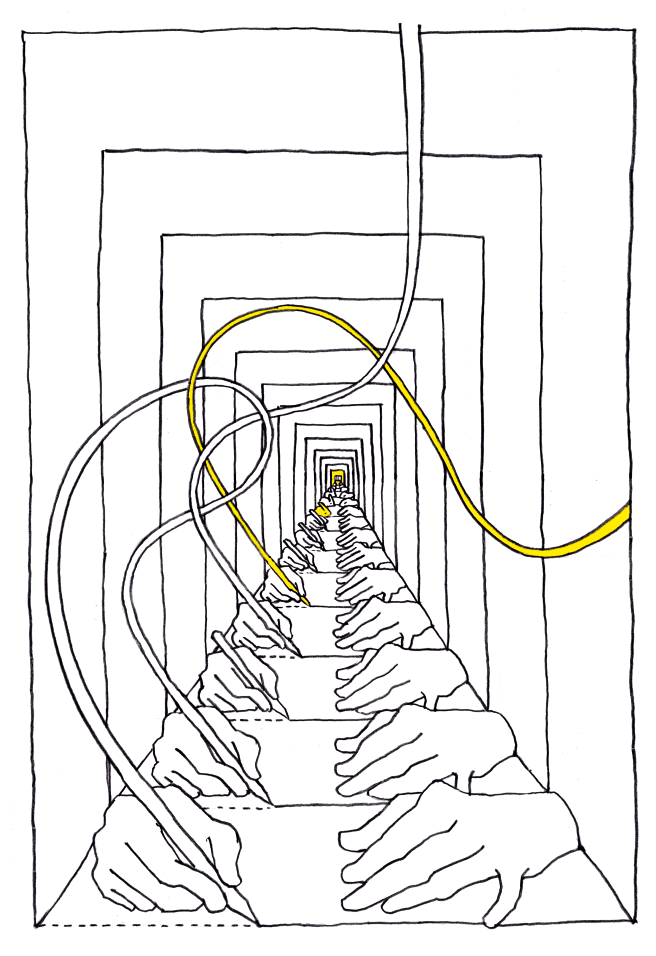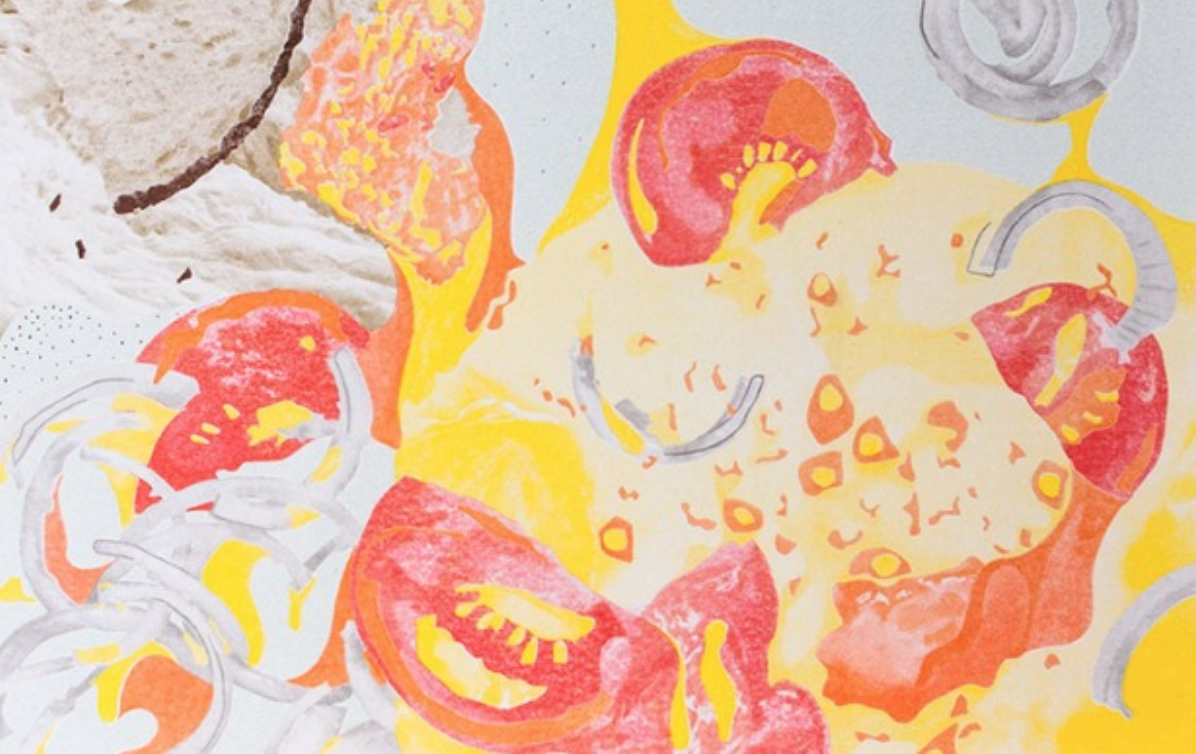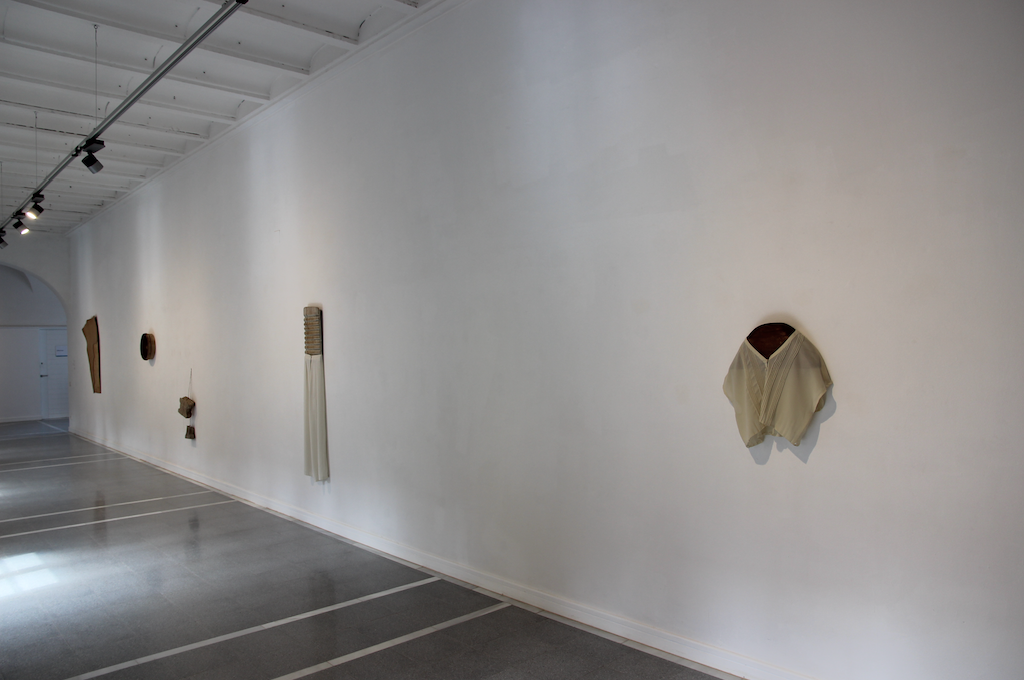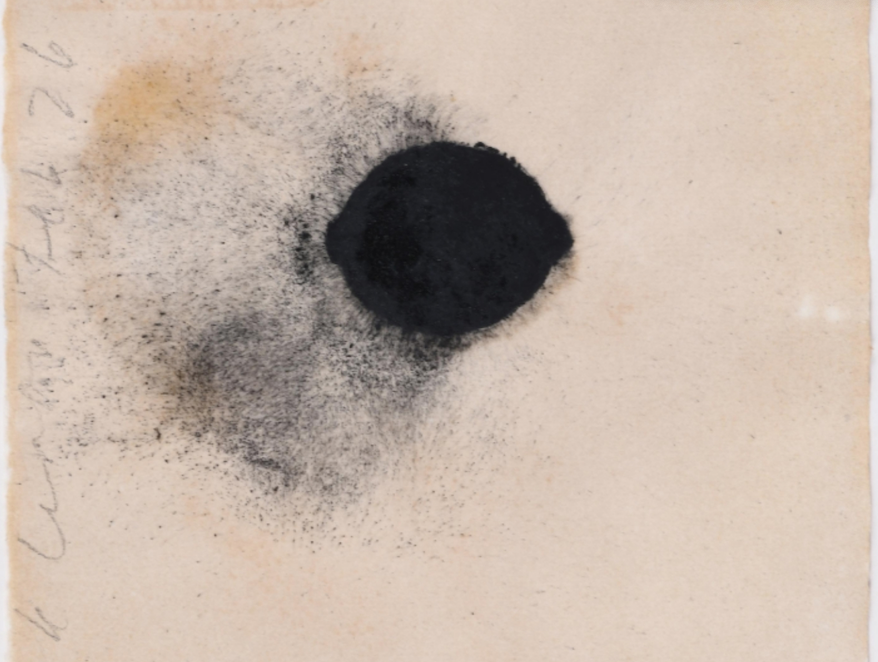
According to linguists, recursion it would be the only firm candidate for a universal element that belongs to all languages. Both morphologically ( go-going-gone ) and semantically ( go under-undergo ), and especially syntactically ( We must-We must be going-We must be going crazy ), an infinite amount of meaning can be generated from a limited group of sounds, words, and rules, by continually adding new parts that change the meaning, both of what was before and of what is added, producing with each word and with each sentence a new and therefore a new meaning, ad infinitum , without ever having to reach an end. Recursion would then be this universal operant that adds parts to a constantly changing whole and generates new meanings.
Recursion or recursion, as a kind of modified selectivity, takes place not only at the level of highly developed languages, but even at the fundamental level of our own biology. As Terrence W. Deacon writes in his book Incomplete nature: how mind emerged from matter : “Organisms are not built or assembled, but rather grow by the multiplication of cells. A process that consists of the division and differentiation from a previous state. In both development and phylogeny, they all precede parts, integration is intrinsic, and design occurs spontaneously. The usual metaphor of the machine is an exaggerated and misleading simplification. ” (1)
This difference with machines can also be seen in another level of recursive operations, that is, those that take place in our brains, whose neural networks differ from the architectures of computer processors, since the complex sets of neurons they are constantly related in new ways to create new neural pathways. In the words of theoretical physicist Michio Kaku: “Neural networks have a completely different architecture from digital computers. If you delete a single transistor in a computer's CPU, it will fail. However, if you remove large pieces of the human brain, it can still continue to function, with other parts replacing the lost parts. ” (2)
Again, here we can see the flexibility of recursive structures, which are ultimately responsible for our being; this “system of integrating recursive information,” as R. Scott Bakker calls it, and the “singular characteristic structures we usually associate with the first-person point of view”. (3)
It should come as no surprise, then, that in addition to our biology and our brains, social structures are also constructed according to a recursive pattern. As James Trafford explains: “Interactions give rise to new norms when relevant interrelational activities consolidate certain patterns of behavior as acceptable or unacceptable in social practices, acting recursively on the underlying patterns. This can be understood in terms of recursive feedback loops , which are generated through interactions between behavior patterns; and they do the same with each of the mechanisms that in turn generate patterns of behavior, through differential response mechanisms. ” (4)
Finally, the recursive relationship between the parts and the whole also makes life on planet Earth possible, as well as a holistic planetary context that James Lovelock calls (somewhat deceptively) Gaia: “Evolution, in the context of Gaia, raises the question. material environment in a way that is absent in Darwinian evolution. In short, if the evolution of a particular organism changes the material environment in such a way that it affects later evolutions, then the two processes are closely intertwined. ” (5)
Our planet is not just a mass of molten rock wrapped in temperate crust, water and air. Rather, life has always been an integral coherence of constant recursive influences, (co) responsible for the amount of CO₂ in the atmosphere and the salt content in the seas.
Therefore, instead of a restricted theory of evolution, Lovelock, Latour, and Donna Haraway recommend that not only natural scientists but society as a whole become less self-poetic than sympoetic or symbiogenetic Darwinism. that the basic phenomenon is not the mere reactive and unilateral response of species to their environment, but rather the mutual recursive adaptation, which arose between categories such as "life" and "environment" (which are always and everywhere differentiable , even when not separately conceivable). As Haraway put it: “While it is true that neither biology nor philosophy continues to support the idea of independent organisms within an environment, this is the same as: interacting units + context and norms. So sympoiesis is the name of the game. ” (6)
The interactive (and transgenerational) dynamics by which organisms influence their environment (termites, hives, etc.) are also known as the construction of ecological niches. As Gary Tomlinson writes, “the construction of ecological niches is not limited to the evolution of hominids, but rather the ubiquitous thing in the history of life. And its key systemic feature is a feedback loop. ”
That is, the mutual evolutionary influence between organisms and ecosystems. Aside from these feedback loops , Tomlinson also talks about those “control mechanisms that drive the construction cycles of niches from the outside. Such external controls are not feedback at all, either positive or negative; instead, they would be “ feedforward ” elements (7) .
Pre-feeding has always been important in the construction of niches: climatic variations, geological changes ranging from volcanism to the movement of tectonic plates or astronomical cycles… all of them, pre-feeding elements that have a direct relationship with the construction of niches among terrestrial organisms ” (8) .
What this summary reveals is that recursion takes place at all levels. From our cells to the atmosphere, from our individual thought processes to social structures, recursion regulates everything as a universal operator. If we still do not understand this, that is, if we fail to understand that we cannot understand our existence and our world by purely reflective means, we will pay a high price. Any intellectual (metaphysical), social or ecopolitical solution must be one that has learned to deal with the recursive structure of our universe.
Recursion in Armenian Avanessian, Meta-futuros , Barcelona, Holobionte Ed., 2021, Spanish translation by Federico Fernández Giordano
Image: Andreas Töpfer, illustration by the aphorism Recursivity / Recursion.
---
1. Terrence W. Deacon, Incomplete nature: how mind emerged from matter , New York, WW Norton, 2012, 36f.
2. Michio Kaku, Physics of the future , p. 82.
3. R. Scott Bakker, The last magic show: a blind brain theory of the appearance of consciousness , 2. Available at: < www.academia.edu/1502945/The_Last_Magic_Show_A_Blind_Brain_Theory_of_the_ Appearance_of_Consciousness >
4. James Trafford, Re-engineering commonsense , in Glass Bead 1 (2017): < www.glass-bead.org/article/ re-engineering commonsense /? Lang = enview >
5. James Lovelock, A rough ride to the future , London, Allen Lane, 2014, p. 64.
6. Donna Haraway, Staying with the trouble , Durham, Duke University Press, 2016, p. 33 (translated into Spanish as Seguir con el problema , Bilbao, Consonni, 2019).
7. The term feedforward , which we translate here as “pre-feeding”, has emerged in recent years as a complement or alternative to the well-known feedback . Marshall Goldsmith and Jon Katzenbach have used it to designate a type of feedback for the future. [N. del t.]
8. Gary Tomlinson, Semiotic epicycles and emergent thresholds in human evolution , a Glass Bead 1, 2017.









